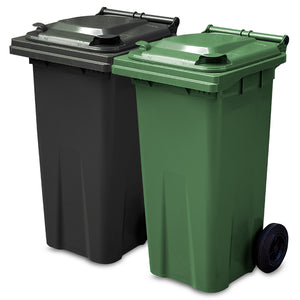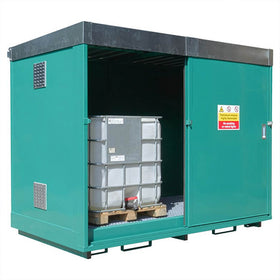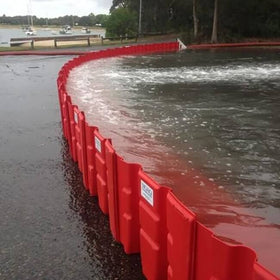Incident spill response planning
In our last article we briefly mentioned the Environment Agency’s Pollution Prevention Guideline 21 (PPG21) – Incident Response Planning. In this article we will look at the guidance laid out in this document in a little more depth.
PPG 21 gives important advice to the industrial fluid user, who needs to look at the systems that are currently in place at their industrial site and hence make improvements if necessary.
Having an incident response plan in place will reduce the time it takes for you to react to any spill and hence reduce the environmental impact of the spill. PPG 21 states the reasons why you need a plan, what information should be included in the plan, indicates the persons who should be involved in the plan and discusses the procedures you may need to put into place to implement the plan.
If your site uses harmful substances such as oil or chemicals, it has the potential to pollute the environment if any of these substances are released. And, although you may already have systems in place, these may not be adequate, or you may not have thought of some of the areas from which a leak or spill could occur.
Some causes of spills at your site include:
• Containment vessel failure
• Overfilling of vessels
• Spillage during filling of vessels
• Vessel connection failure or tap failure
• Improper storage of liquids in incorrect vessels
There are of course many more places where a leak could occur. In the next article we will discuss the impact a spill from your site can have on the environment.




